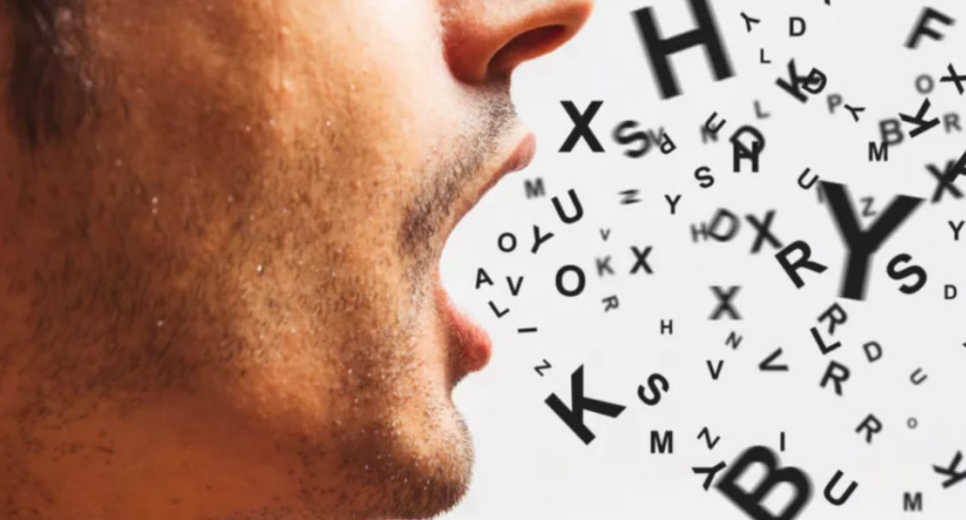
Languages

The Danube River tourist area covers the territory of Hungary and Slovakia. As a result, visitors who come here can get to know the beauty of both languages.
LANGUAGES
Following the historical events of the past, in the southern areas of Slovakia, bordering Hungary, including the Nitra and Nagyszombati districts, the proportion of the Hungarian community is over 20% of the total population. According to the latest census data (2021), 53.7% of the population of Northern Komárom and 64% of the population of Párkány declared themselves Hungarian. At the same time, Slovaks are the third most populous national minority group in Hungary. One of their most significant settlement areas is located between Esztergom and Budapest, in the Pilis Mountains. When visiting the Hungarian villages of the Danube region, the name of the settlement is indicated in German on one or the other border. We can be sure that there we will meet people of Swabian descent who respect tradition and preserve their native language and culture.
Some interesting facts about the Hungarian language:
- the third most difficult language in the world to learn (behind Mandarin and Arabic),
- has the ability to compress and create images like clockwork (whole sentences and feelings can be expressed with even one word),
- 68% consists of ancient base words (the English language contains only 4% ancient etymons),
- knows 14 vowels (Western world languages usually have 7, and Italian only 5),
- when introducing yourself, use the sequence of family name + first name (similar to Chinese and Japanese).
Some interesting facts about the Slovak language:
- uses 46 letters (the most of all European languages with Latin letters),
- it is closely related to the Czech language (further than the Serbian and Croatian languages, but closer than the German and Dutch languages),
- the "Esperanto" of Slavic languages (because it is the easiest to understand for speakers of Slavic languages),
- with a rhythmic sound (as a strong rule, long syllables are followed by short syllables, of course there are exceptions),
- the stress is on the first syllable (as in Hungarian and Czech, but the eastern Slovak dialects differ from this).
The most frequently spoken foreign languages in Slovakia are English and German. However, knowledge of French, Spanish, Italian and Russian is less common. Hungarian is also often spoken in the southern part of Slovakia. You will find the basic phrases in the Slovak language in the abbreviated dictionary.